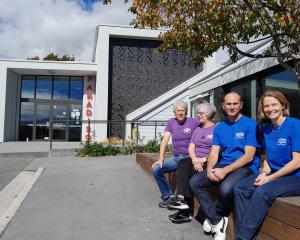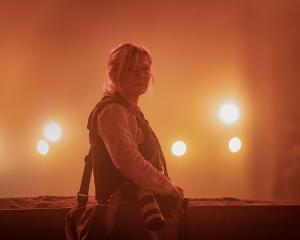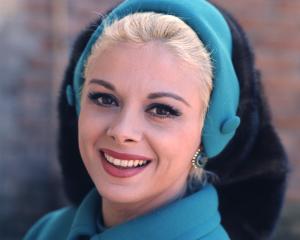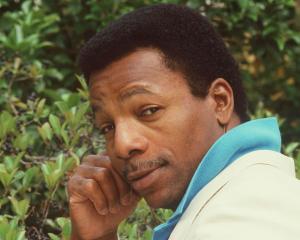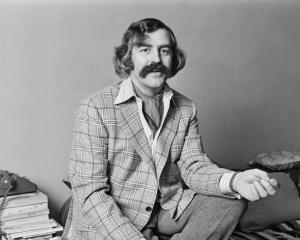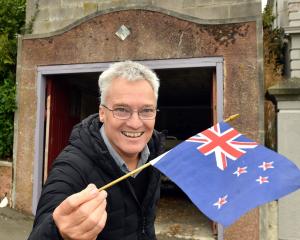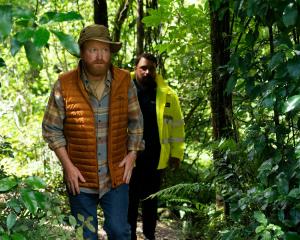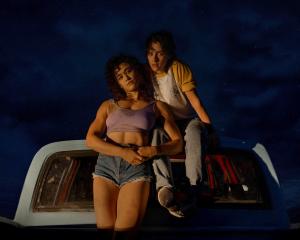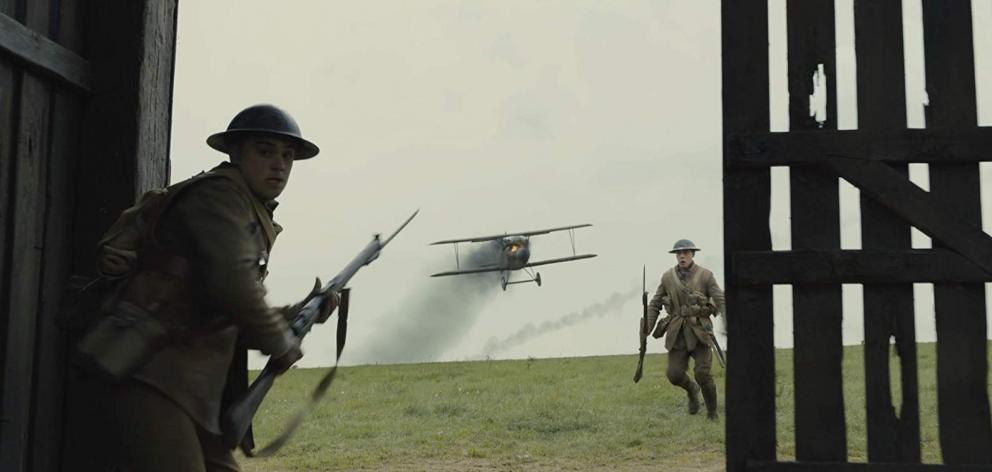
Wasted youth, random violent death and the folly of armed conflict are the big themes of 1917, Sam Mendes’ orchestral symphony of a World War 1 film. But for the director and the team who made it alongside him, no detail was too small to consider.
"It was very important, the question of historical accuracy," said Mendes. "We had two very fine historical advisers, Andy Robertshaw and Peter Barton, who are world renowned. And one military adviser, Paul Biddiss, who was also brilliant."
The film has already won many admiring reviews and was premiered earlier this month in front of Prince Charles and the Duchess of Cornwall at Leicester Square. Set on April 6 in northern France, after the Germans had staged a tactical retreat to the position known as the Hindenburg Line, 1917 follows a soldier’s deadly mission to help a family member. Mendes’ mission as director was to be faithful to the experiences of the men who fought, including his own grandfather, Alfred H. Mendes.
As a child, the Oscar-winning director of American Beauty and Skyfall often listened to the war stories of his charismatic grandparent, a teenage lance corporal in 1917, and wondered at the thin line they described between luck and misfortune, life and death. One "fragment" in particular, the story of a message carried through the mist of no-man’s land at dusk, has never left Mendes; it sparked the plot of his first screenplay, co-written with Krysty Wilson-Cairns.
"The film is a compression of time and place, so you take what’s important," Mendes said. "You are not making a documentary, but you do want it to feel, in every possible detail, historically accurate."
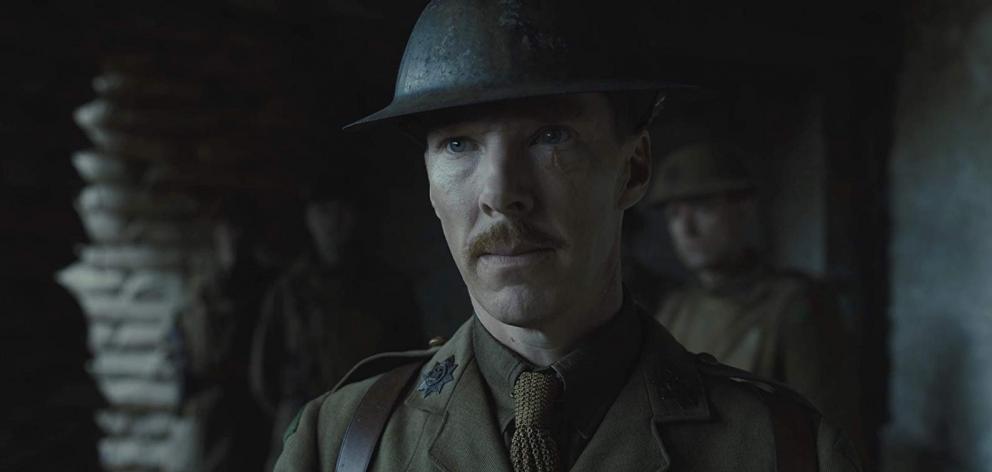
The director describes Barton, the historian, as "more of an overall challenger". Once a draft of the screenplay was written, Mendes and Wilson-Cairns handed it over.
"I just said ‘Pick as many holes in the script as you can’. And he did. At great length. And it was tough actually. There were some really hard notes to factor in. But we did. And if we didn’t, there was a specific reason,” Mendes said.
While the shape of a military helmet might not be enough to make or break a good film, for Mendes and his advisers it was imperative to replicate the uniforms shown in documentary footage and photographs. Many other dramas set in the trenches have thriftily relied upon re-purposed World War 2 helmets. But not on the set of 1917. Although the Brodie helmets worn in The Great War are no longer around in large numbers, Mendes’ troops wear accurate recreations. What is more, they differ subtly from one battalion to another, since at the time the film is set, helmet shape was changing.
"When I watched the footage back each day I tried to find any slip that I possibly could, such as undone ammunition pouches," said Biddiss, an ex-paratrooper who ran the six-month training camp set up before filming by Mendes for those chosen to play troops.
"In the first world war soldiers were taught to check their ammunition before they moved off," Biddiss said.
"Lance Corporal Schofield, played by George MacKay, is supposed to have fought in the Somme and so would have already had problems with his webbing [military belts and harnesses]. Soldiers had found it flapped open and the bullets often fell out so after the Somme it was modified and all soldiers were drilled to check their pouches. They still are today."
The open-air action was filmed on Salisbury Plain and in Hertfordshire. Other scenes were filmed in Oxfordshire, Glasgow and in a Darlington river.
In February, before the long shoot in Salisbury, the film crew invited local men aged 16-35 to audition to become troops. And then Biddiss’s training camp began. MacKay, who stars in the film alongside Dean-Charles Chapman, has spoken of this training period as "an incredible process".
"We had to make sure they were all mentally and physically fit," Biddiss said. "We used about 800 men in all and about 500 for the Salisbury section, as well as the main cast. I wanted them all to understand the etiquette of the trenches."
Character was key to the advice required and so Biddiss suggested the nervous novice played by Chapman should continually check his bayonet as they await an order to go "over the top".
He also said that when MacKay’s corporal is injured, it should be a glancing blow to the head rather than a shoulder wound that would quickly incapacitate any soldier.
And for Biddiss the film became more personal than expected. "I discovered while working on this that one of my uncles, Lance Corporal Robert Victor Biddiss of the London Regiment, had died in December 1917 as he moved into the Hindenburg Support advance."
The effort to honour the story accurately was then more pertinent. "It was important for all of us to get it right, not just for Sam, because we all have relatives who fought." — Guardian News and Media



